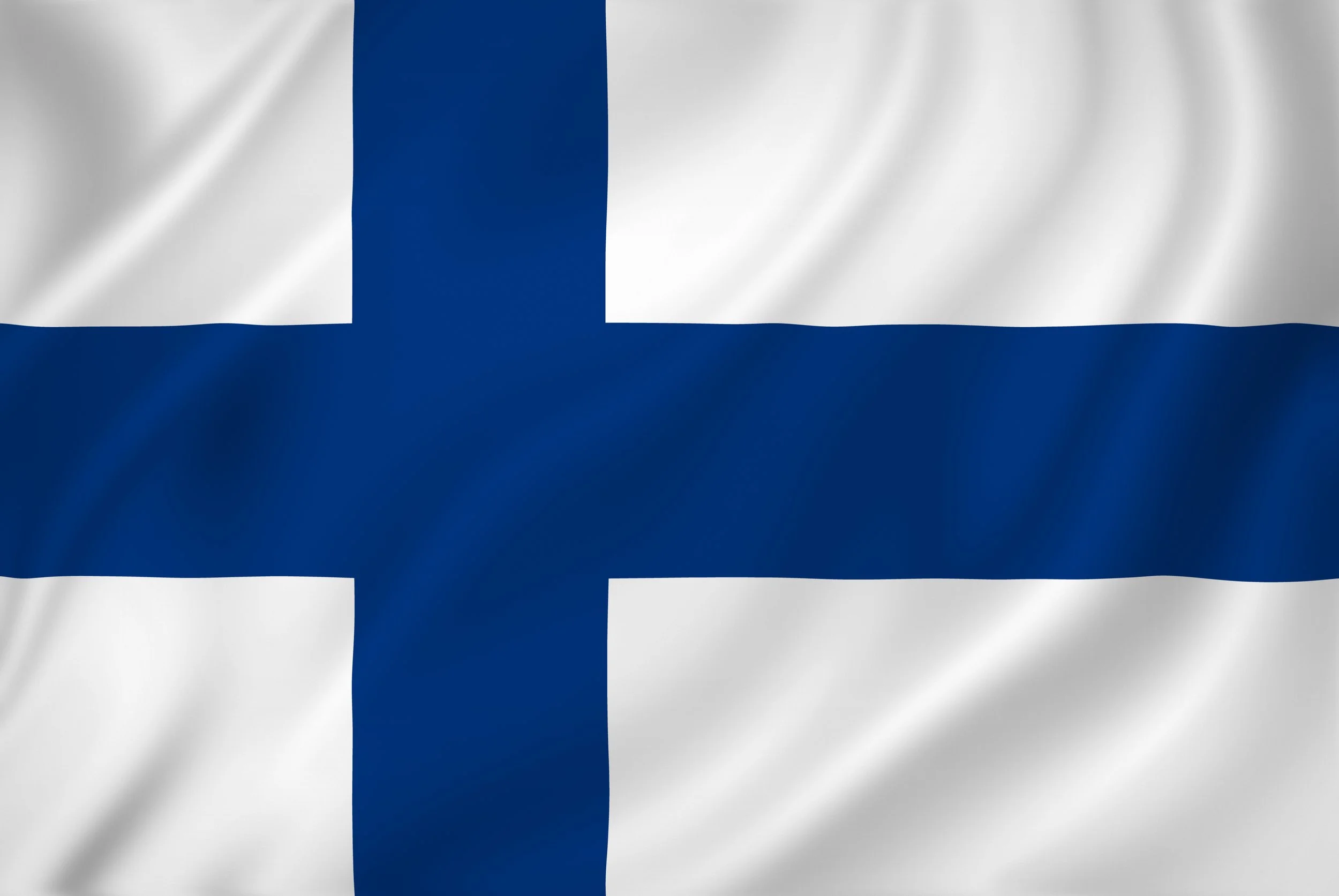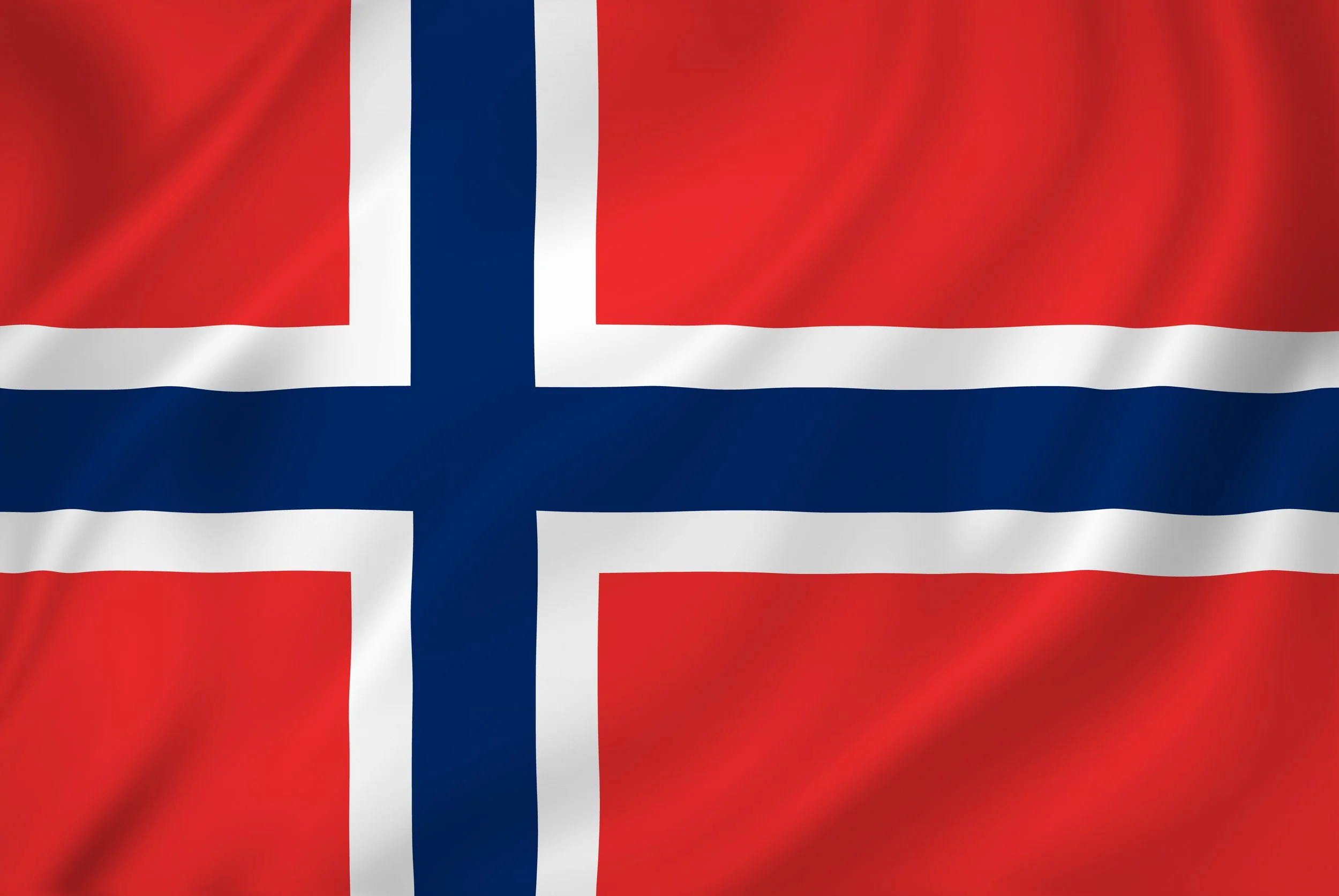The Model: A New Architecture for Shared PROSPERITY
An economy that uplifts, sustains, and includes—by design.
The Prosperity Loop™ proposes a dynamic reorganization of the American political economy, one that moves beyond the exhausted binary of laissez-faire versus welfare state. Rooted in the toroidal geometry of balanced, circulating systems, this model reframes the economy not as a linear race toward accumulation but as a regenerative loop—where value, responsibility, and opportunity flow continuously and equitably.
At its core, the model integrates four interdependent structural mechanisms. Each plays a specific role in sustaining economic dynamism, ecological resilience, and social inclusion—together forming a closed-loop architecture designed to thrive within 21st-century constraints.
The Four Structural Loops
Free Market Engine (Private Property Rights)
A healthy economy requires lift. Secure private property rights, competitive markets, and the freedom to exchange are the centrifugal forces of this system—generating innovation, capital formation, and productive employment. Rather than abandon market principles, the Prosperity Loop leverages them as the source of value creation that fuels the entire circuit.
Commons Resource Fees (Carbon & Extraction Pricing)
Every market needs boundaries. By pricing externalities—particularly carbon emissions and resource depletion—this model internalizes ecological costs that markets systematically ignore. These Pigovian instruments act as an outer pressure ring: correcting distorted signals, rewarding sustainability, and generating public revenue from shared environmental assets.
National Wealth Fund (Public Capital Trust)
Public wealth must be more than a metaphor. The model channels revenue from ecological rents and other capital sources into a sovereign wealth fund, professionally managed and publicly owned. This fund represents an enduring stake in the nation’s collective wealth and underwrites long-term stability, intergenerational equity, and countercyclical capacity.
Freedom Dividend (Universal Basic Income)
A dividend, not a dole. The Freedom Dividend distributes a portion of national investment returns and resource revenues to all citizens equally—unconditionally and without means-testing. This basic income functions as a universal floor, not a ceiling: it reduces poverty, stabilizes consumption, strengthens individual agency, and complements, rather than replaces, productive labor.
Why A Toroidal Model?
Unlike traditional linear economic paradigms, the toroidal form symbolizes balance, flow, and feedback. Upward economic value is continuously cycled through ecological pricing and public investment, then redistributed back to the social foundation via a dividend—creating a stabilizing feedback loop that resists both extractive growth and zero-sum redistribution.
This is not simply a policy stack. It is an integrated system of mutually reinforcing dynamics—each loop necessary, none sufficient on its own, an Integrated Policy Loop.
Proven Components. Integrated Vision.
This model synthesizes successful elements already field-tested in the real world:
Norway’s sovereign fund has amassed over $1.5 trillion in public capital from resource rents.
Finland’s UBI trial demonstrated improved well-being without adverse labor effects.
Alaska’s dividend delivers annual, unconditional cash to all residents—across political divides.
British Columbia’s carbon pricing reduced emissions while maintaining economic growth.
The innovation lies not in invention, but in synthesis: combining these mechanisms into a coherent whole—sustainable, distributive, and resilient
Want to Explore More…
Want to dive deeper? Read our Policy Framework or review the Research Behind the Model for full case studies, empirical evidence, and academic citations.




